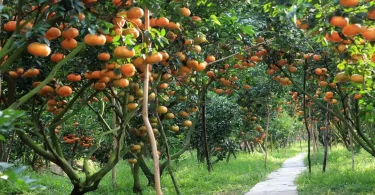Understanding Fruit Tree Diseases: Symptoms and Causes
When you care for fruit trees, recognizing signs of disease is crucial. Diseased trees often exhibit symptoms like wilting leaves, discoloration, poor fruit production, or bark lesions. Fungal infections may cause powdery mildew or rust, while bacterial diseases can lead to oozing wounds or fruit rot. By identifying symptoms and understanding causes, you can effectively go through fruit disease prevention.

Several factors cause tree diseases. Poor drainage creates overly moist soil, attracting fungal pathogens. Weak trees from improper pruning or nutrient deficiencies are more susceptible. Nearby infected plants or contaminated tools can spread bacteria or viruses. Environmental stress, such as drought or wind damage, can also weaken defenses.
The Importance of Non-Chemical Approaches in Treating Fruit Tree Diseases
Using non-chemical methods to address fruit tree diseases helps you protect the environment while maintaining healthy plants. These approaches minimize the risk of harmful chemical residues in your fruits and soil, promoting safer produce and sustainable gardening practices. Emphasize disease prevention through proper cultural practices rather than relying solely on treatment.
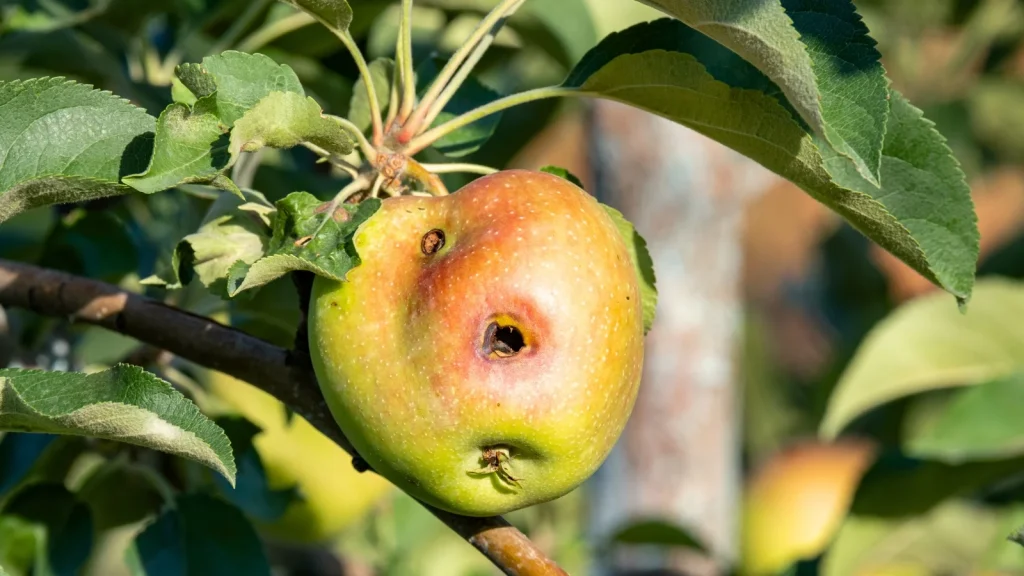
- Encourage beneficial insects and microbial activity to combat pests and pathogens naturally.
- Focus on regular pruning to improve air circulation and reduce fungal infections.
- Rotate crops and diversify tree types when possible to decrease disease buildup in the soil.
Adapt these techniques to work with nature, ensuring productive and eco-friendly fruit tree care.
Building Resilient Fruit Trees with Proper Soil Management
To ensure your fruit trees grow strong and resist diseases, you need to prioritize soil health. Begin by testing your soil to identify nutrient levels and pH balance. A well-balanced soil, typically with a pH of 6.0 to 7.0, promotes nutrient absorption and enhances tree vigor.
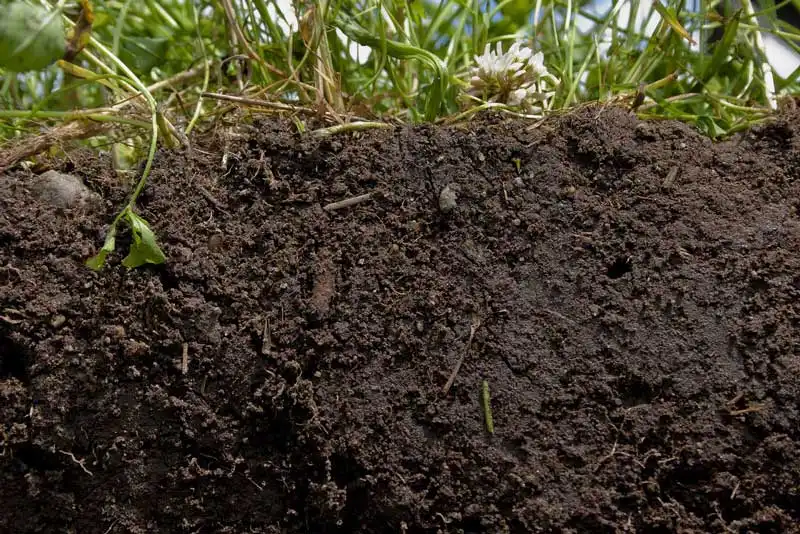
Incorporate organic matter such as compost or well-aged manure to improve soil fertility and structure. This boosts microbial activity, which fights harmful pathogens.
Ensure proper drainage to prevent waterlogging, which can lead to root rot. Use mulch to conserve moisture, regulate temperature, and suppress weeds. Regular soil monitoring is essential for long-term resilience.
Pruning Techniques to Prevent and Control Disease Spread
Pruning is an essential tool in maintaining fruit tree health and reducing disease risks. You should always use sharp, sanitized tools to avoid transferring pathogens between cuts. Begin by removing any dead, damaged, or diseased branches. These areas are breeding grounds for infections that can spread throughout the tree.

For optimal airflow and sunlight, thin crowded branches, targeting areas where growth is dense. Make cuts just outside the branch collar to facilitate proper healing. Avoid pruning during wet weather, as damp conditions promote the spread of fungal pathogens.
Dispose of pruned materials far from your garden to prevent re-infection, especially when diseased. Efficient pruning ensures your trees stay healthier naturally.
The Role of Beneficial Microorganisms in Disease Prevention
You can harness the power of beneficial microorganisms to protect your fruit trees from diseases naturally. These microorganisms, including fungi, bacteria, and soil-dwelling organisms, promote plant health while suppressing harmful pathogens.
- Mycorrhizal fungi form symbiotic relationships with tree roots, improving nutrient uptake.
- Rhizobacteria produce substances that inhibit disease-causing microbes.
- Compost tea introduces a balanced community of beneficial microbes to the soil.
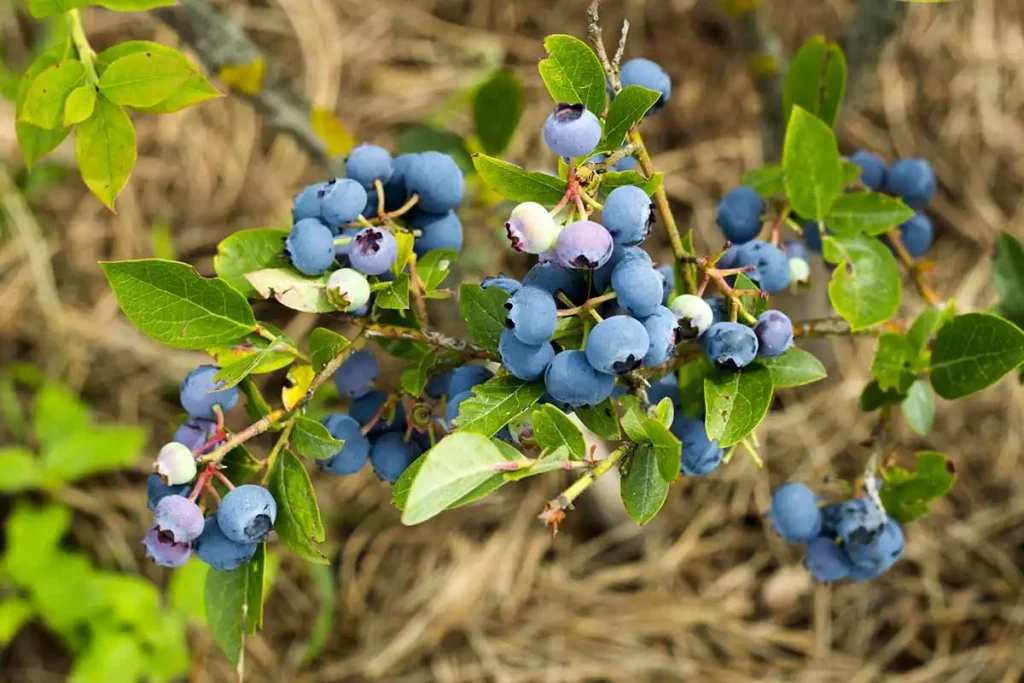
Incorporate these microorganisms through methods like applying compost, mulch, or inoculants. Healthy, microbe-rich soil strengthens your tree’s natural defenses. To ensure effectiveness, you should focus on maintaining proper soil conditions, such as pH balance and adequate organic matter.
Using Homemade Remedies for Treating Fruit Tree Diseases
You can use safe and natural homemade remedies to address various fruit tree diseases. For fungal infections, create a baking soda spray by mixing one tablespoon of baking soda with a gallon of water and a few drops of liquid soap. Use this to spray infected areas weekly. Neem oil is another effective option for preventing and treating pests or fungal issues; dilute it with water as instructed on the product label.
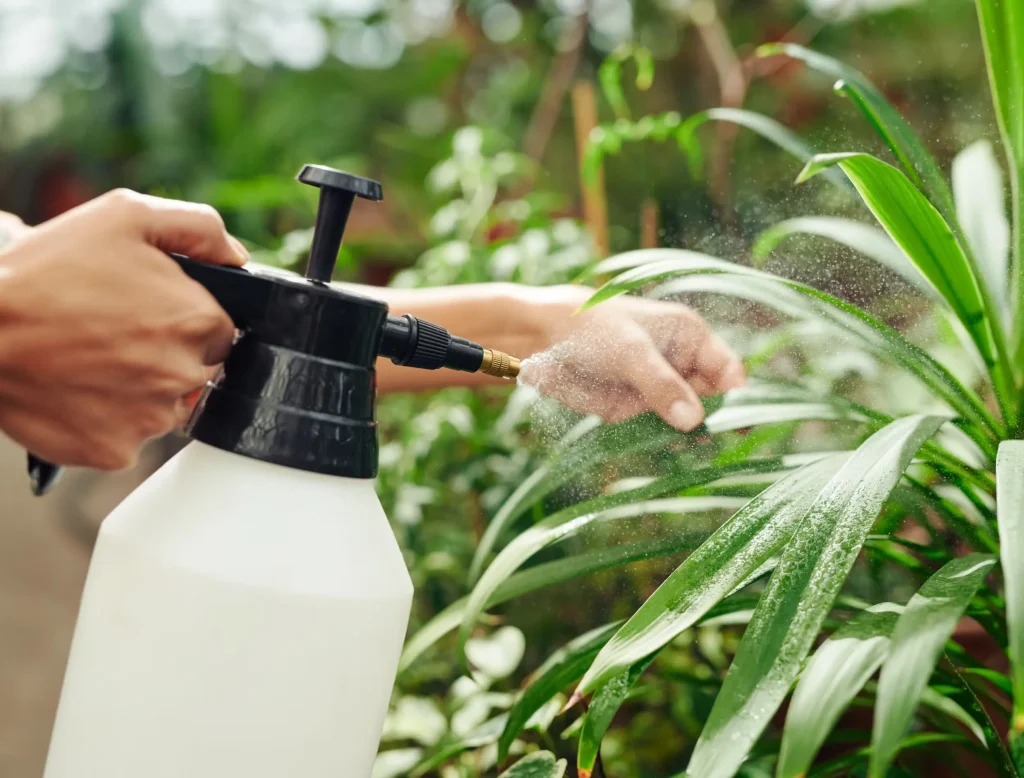
For bacterial infections, try applying a diluted vinegar solution (one part vinegar to three parts water). Remove heavily infected branches and disinfect pruning tools using rubbing alcohol to avoid spreading diseases. Regular application enhances overall tree health.
How Companion Planting Can Protect Your Fruit Trees Naturally
Companion planting allows you to create a mutually beneficial environment for your fruit trees. By planting certain species nearby, you can repel harmful pests, attract pollinators, and improve soil health. For pest control, marigolds and garlic deter aphids and mites. To encourage pollination, place flowering plants like lavender or nasturtiums at the base of your trees. If you’re aiming for nutrient enrichment, legumes such as clover or peas can fix nitrogen into the soil. These companion plants also act as natural mulch, reducing weed growth. Use diverse combinations to maintain balance and enhance your fruit trees’ immunity to potential diseases.
Leveraging Neem Oil and Other Natural Extracts for Disease Control
Neem oil is a potent natural remedy for safeguarding your fruit trees against pests and fungal infections. You can apply this oil as a foliar spray to combat common diseases like powdery mildew and black spot. Its antifungal and antibacterial properties disrupt pest life cycles and prevent fungal spores from spreading.
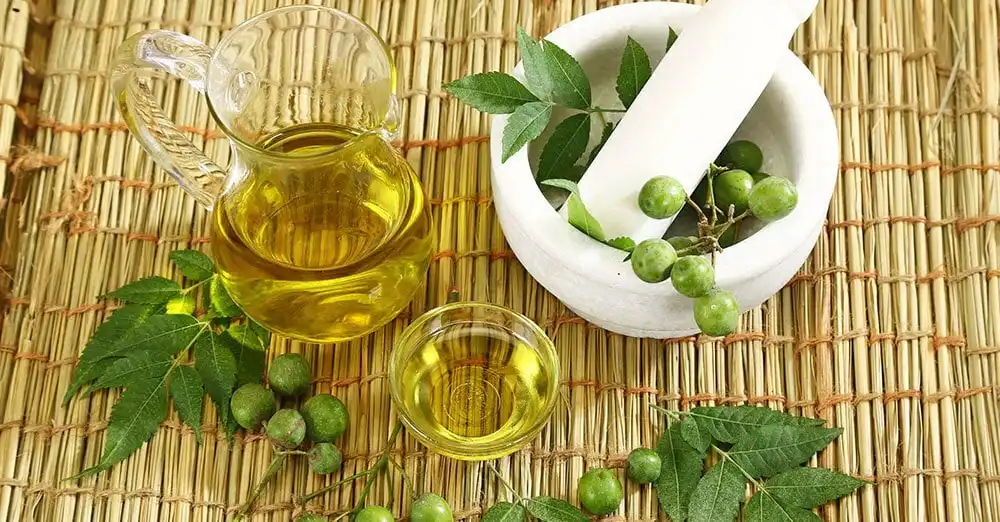
Other natural extracts like garlic or horsetail tea can also boost your trees’ defenses. Garlic’s sulfur compounds act as a natural fungicide, while horsetail tea is rich in silica, strengthening plant immunity. To use these, dilute the extracts in water and apply them during early morning or evening for optimal efficacy. Consistent applications nurture disease-resistant trees.
Monitoring and Removing Infected Plant Material for Disease Management
To protect your fruit trees, regularly inspect them for signs of disease. Look for discolored leaves, wilted branches, unusual fruit spots, or fungal growths. Early detection lets you act before the issue spreads. Focus on trimming infected leaves, stems, or fruit using sterilized pruning tools to prevent reinfection. Dispose of diseased plant material far from your garden to avoid contamination. For widespread infections, monitor trees closely by checking leaf undersides and bark crevices. Incorporate routine inspections into your schedule as a preventative measure. This healthy practice reduces disease risks and promotes robust, productive fruit trees over time.
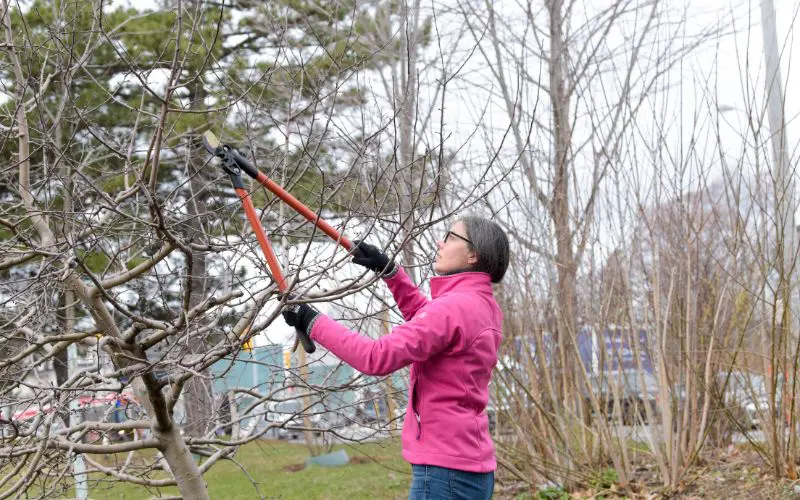
Creating a Disease-Resistant Orchard Through Smart Tree Selection
Choosing disease-resistant fruit tree varieties is a crucial step in preventing tree diseases naturally. When selecting trees, research which types thrive in your region and are less prone to common diseases. Look for species with documented resistance to issues like apple scab, powdery mildew, or peach leaf curl.
You’ll also want to focus on diversity. Planting a mix of fruit trees can minimize the impact of any single disease outbreak. Ensure you source trees from certified nurseries to avoid introducing infections into your orchard. Prioritize native or well-adapted varieties for your local climate and soil conditions.

